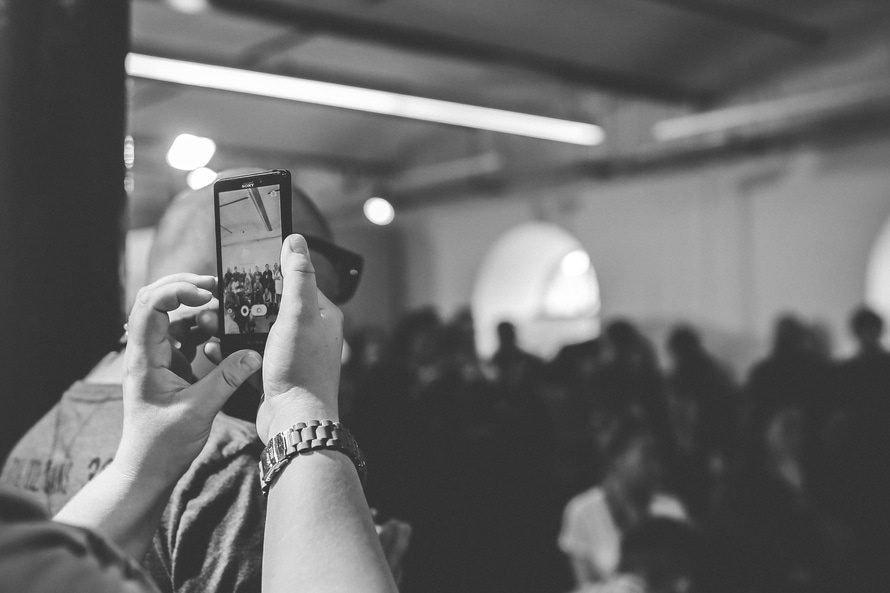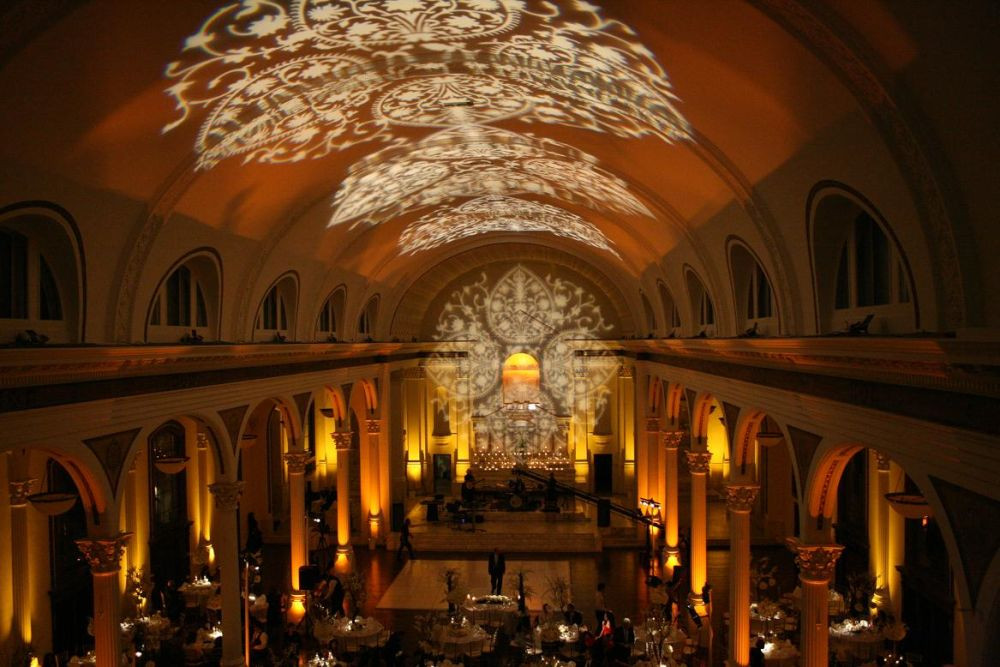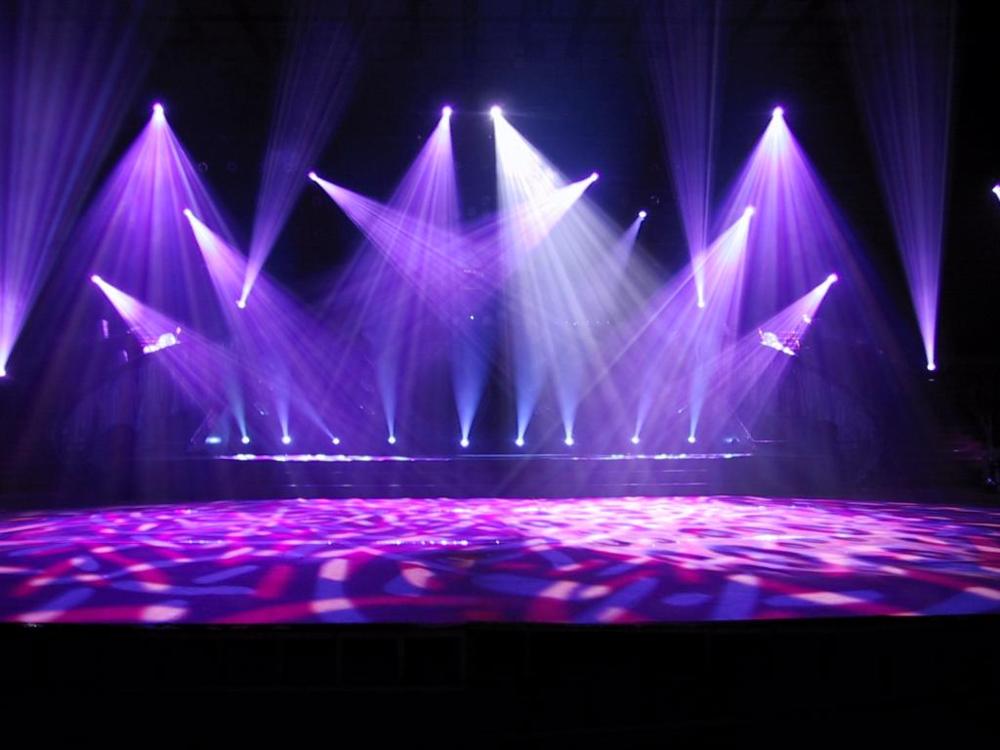Lighting is an important element to consider when planning special events and ceremonies.
Lighting can be colorful or white, static or dynamic, focused or fill a room. And it can be serve a host of purposes, such as setting the mood and creating a distinct atmosphere, highlighting event features and culinary displays as well as cuing speakers and presentations.
Colorful Uplighting
Uplighting can add depth and visual interest to any meeting space. Consider using colored uplighting that plays into the event’s theme.
Illuminated Bar
Highlight a beverage display, like this full bar and cocktail lineup, by placing it on LED glass. The lighting draws attention to the display and gives it a unique look.
Dynamic Gobo Lighting
Lighting doesn’t have to be static. Using gobos (precut etched patterns made from glass or metal), you can project dynamic lighting onto the walls of the space to add visual excitement and movement to a celebratory or social gathering.
Logo in Lights
Use a gobo to display the company or event logo. Putting it in lights is a dramatic way to keep the brand top-of-mind throughout the event.
Spotlighting
Shift attendees’ focus to speakers or guests of honor with spotlighting. Spotlights also can be used to light stages, runways and aisles.










